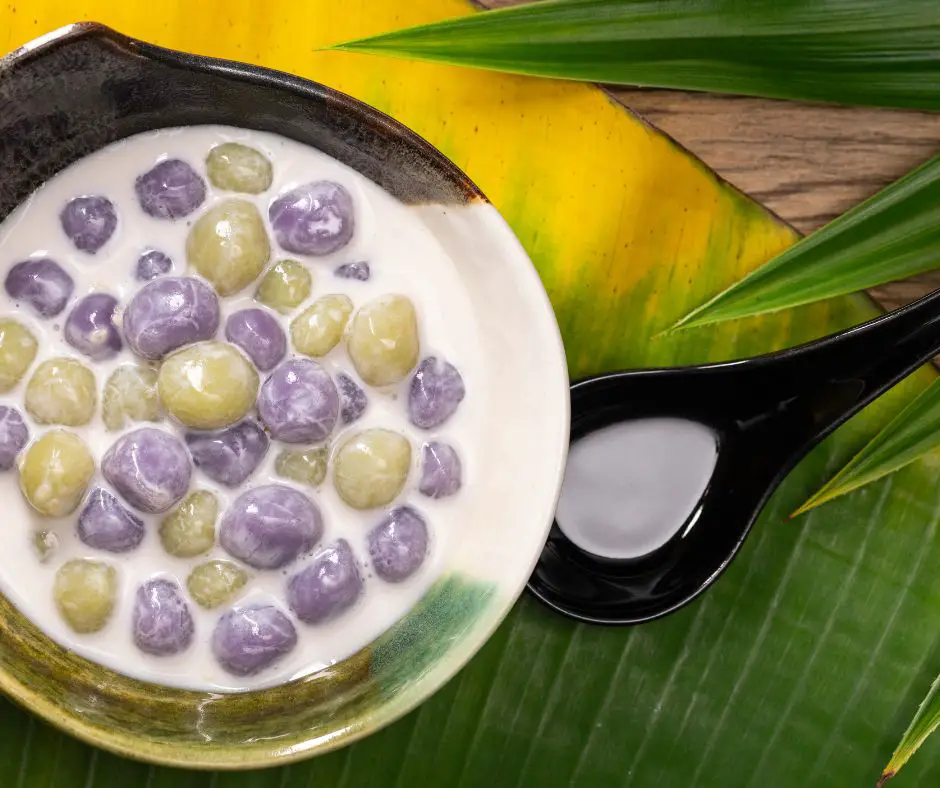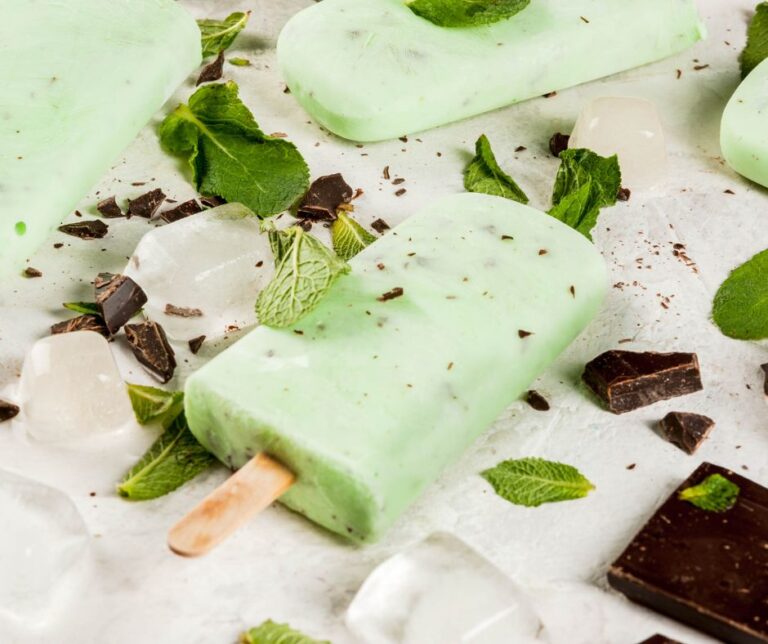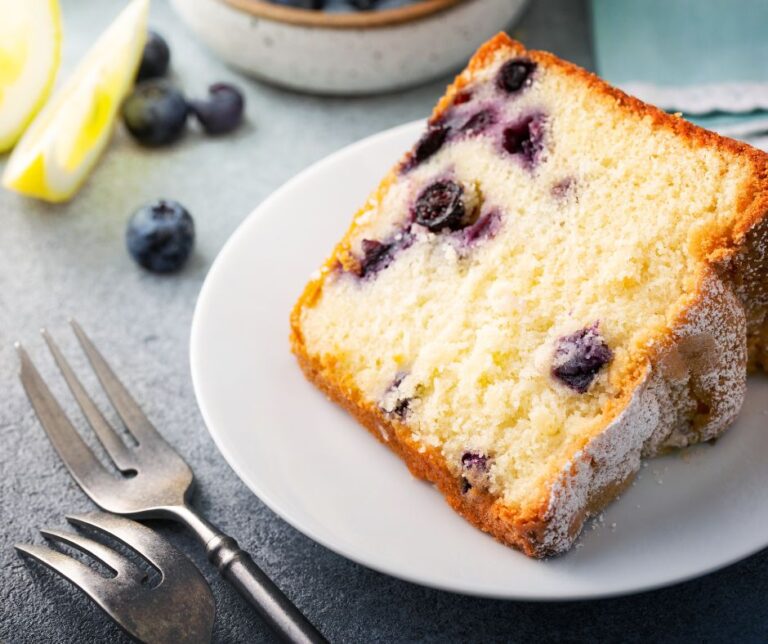Vegan Vietnamese Sweet Soup Dessert Recipe: 5 Simple Steps for a Delicious Treat
Introduction:
Growing up in a Vietnamese household, sweet soups, known as “chè,” were a staple during family gatherings and celebrations. The blend of coconut milk, beans, and tapioca creates a delightful balance of sweetness and texture, making it one of my all-time favorite desserts. This vegan version of the traditional Vietnamese sweet soup maintains the rich, creamy flavors while being plant-based, allowing everyone to enjoy this comforting treat. Whether you’re introducing yourself to Vietnamese cuisine or looking for a fresh, unique dessert, this recipe is a perfect choice.

Recipe Details:
Ingredients List:
- 1 cup mung beans (soaked overnight)
- 1/2 cup tapioca pearls
- 1 can (14 oz) coconut milk
- 1/2 cup palm sugar (or any sweetener of your choice)
- 1 tsp vanilla extract
- 4 cups water
- Pinch of salt
Substitutions:
- If mung beans are unavailable, you can substitute with red beans or black-eyed peas.
- Use maple syrup or agave nectar as alternatives to palm sugar for a different flavor profile.
Step-by-Step Instructions:
1. Prepare the Mung Beans:
Start by soaking the mung beans overnight to soften them. Drain and rinse the beans, then add them to a pot with 3 cups of water. Boil for 20-25 minutes until tender but not mushy.
2. Cook the Tapioca Pearls:
In a separate pot, bring water to a boil and add the tapioca pearls. Stir occasionally to prevent them from sticking. Cook until the pearls become translucent, then drain and rinse under cold water to stop the cooking process.
3. Combine Coconut Milk and Sweetener:
In another pot, heat the coconut milk with palm sugar over medium heat. Stir continuously until the sugar is dissolved. Add a pinch of salt and vanilla extract for extra depth of flavor.
4. Mix the Ingredients:
Gently combine the cooked mung beans, tapioca pearls, and sweetened coconut milk. Stir to ensure even distribution of ingredients.
5. Serve:
Serve the dessert warm or chilled, depending on your preference. Garnish with a sprinkle of toasted coconut or sesame seeds for added texture.
Unique Tips, Variations, and Insights:
Customization Tips:
- Add Tropical Fruits: Enhance the dessert by adding fresh or dried fruits like jackfruit, lychee, or mango.
- Make it Creamier: For an even richer texture, use full-fat coconut milk.
- Sweetness Level: Adjust the sweetness by adding more or less sugar, depending on your taste.
Expert Advice:
- Consistency Control: If you prefer a thicker consistency, cook the coconut milk longer to reduce it. If it becomes too thick, add a little water to reach your desired texture.
- Chilled Perfection: This dessert tastes great both warm and cold, but allowing it to chill for a few hours intensifies the flavors and creates a pudding-like consistency.
Cultural Context:
Sweet soups (chè) are a popular dessert throughout Vietnam, often sold by street vendors or made at home for special occasions. While this vegan version maintains the traditional flavors, it’s a modern twist that caters to a plant-based diet without sacrificing the dish’s authentic essence.

Nutrition Facts:
- Calories: 260 per serving
- Fat: 14g
- Carbohydrates: 30g
- Protein: 6g
- Fiber: 3g
(Approximate values per serving, based on four servings.)
FAQ Section:
Q1: Can I make this recipe in advance?
A: Yes! This vegan Vietnamese sweet soup can be made a day ahead and stored in the fridge. It tastes even better the next day as the flavors meld together.
Q2: Can I use a different type of bean?
A: Absolutely! Red beans, black beans, or even lentils can be substituted, each offering a slightly different flavor and texture.
Q3: How long will this dessert last in the fridge?
A: Stored in an airtight container, the dessert can last for up to 3-4 days in the refrigerator.
Conclusion:
This vegan Vietnamese sweet soup is a comforting dessert that combines tradition with a modern, plant-based twist. Whether you’re exploring new cuisines or revisiting childhood favorites, this recipe offers something unique. Try it warm or chilled, and feel free to experiment with the ingredients to make it your own. Don’t forget to share your version in the comments—I’d love to hear how you made this dish your own!





